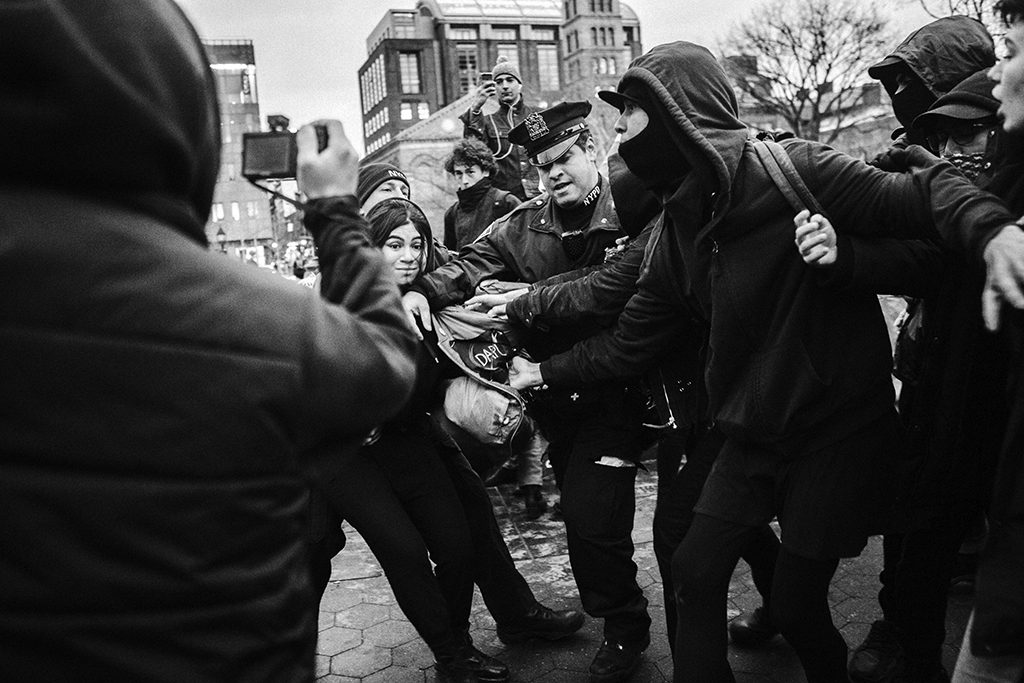Campus newsrooms need guidance, tools for covering ‘the most difficult story’
By Jena Heath
St. Edward’s University
It is a tragic fact that many college journalists will be faced with the challenge of covering the suicide of a classmate, team mate or dorm friend. The Centers for Disease Control and Prevention estimates that suicide is the third leading cause of death among 15-24-year-olds, accounting for 20 percent of all deaths annually, and the second leading cause of death among college students after accidents (CDC 2012). Professional newsrooms have long had policies in place regarding suicide coverage. These policies usually dictate that suicides committed in public places should be covered as new stories.
Unfortunately, these policies and the thinking behind them have not made their way with any consistency to college newsrooms, according to a study I conducted in 2014 with a former student, Brooke Blanton, who was Editor-in-Chief of the St. Edward’s University student news site (The Most Difficult Story: Covering Suicide on College Campuses, College Media Review, Vol 52, 2014-15).
 What we found on the part of both student journalists and some advisers was confusion over how to walk the line between factual news coverage and fears of being perceived as insensitive or sensational. Some of this was the result of pressure, direct and indirect, from university administrators concerned about liability and public perception. Some was confusion over how to think about and cover death, especially of a peer.
What we found on the part of both student journalists and some advisers was confusion over how to walk the line between factual news coverage and fears of being perceived as insensitive or sensational. Some of this was the result of pressure, direct and indirect, from university administrators concerned about liability and public perception. Some was confusion over how to think about and cover death, especially of a peer.
As a result, a tendency to downplay suicide coverage, or not cover suicides at all, even those committed publicly, became evident in our interviews with both student journalists and advisers. This is unfortunate, as college journalists can play a key role in helping their campus communities gain a clearer, more accurate understanding of the causes of suicide. Continue reading “Covering Suicide: Resources for College Journalists”

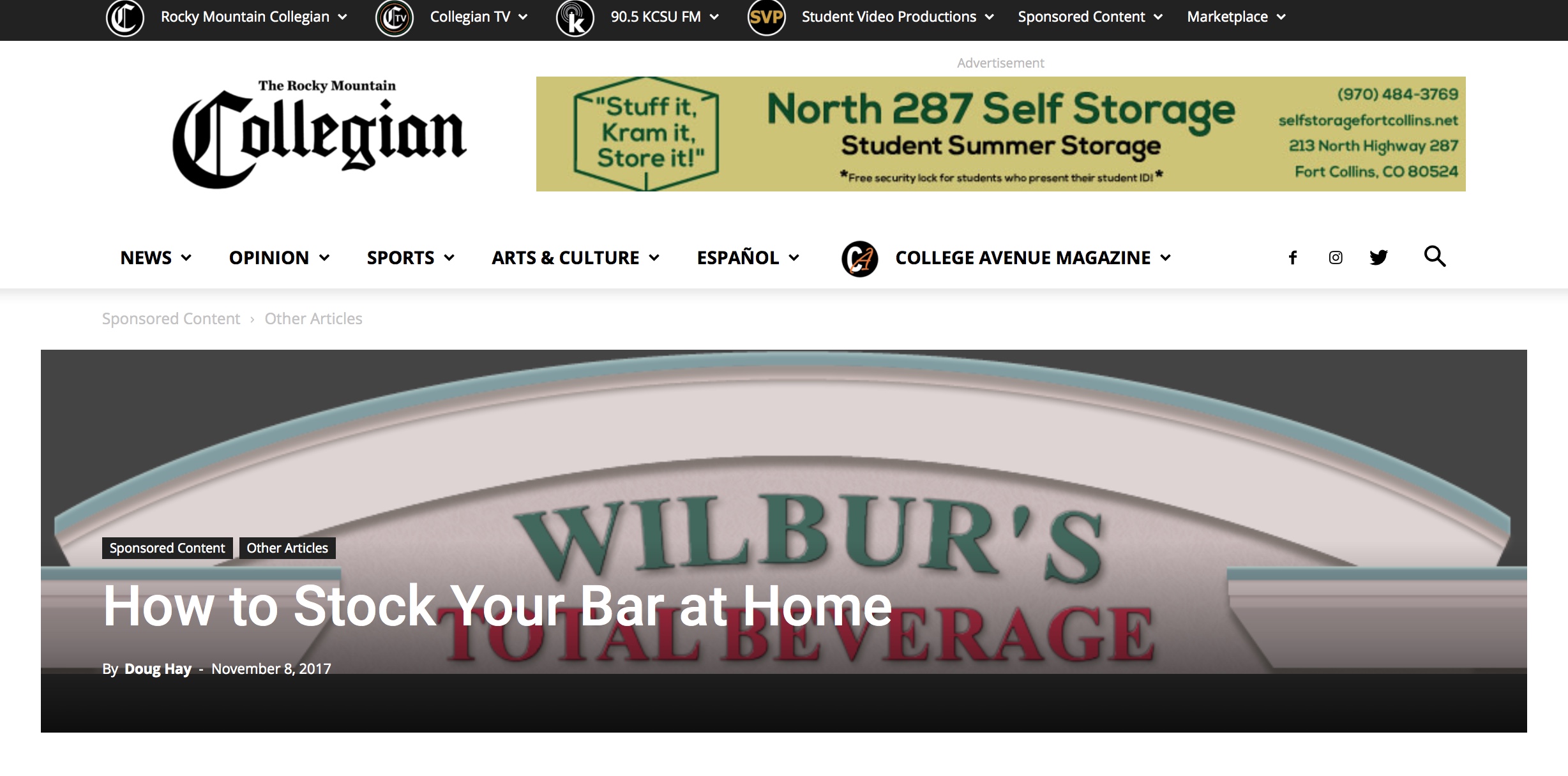
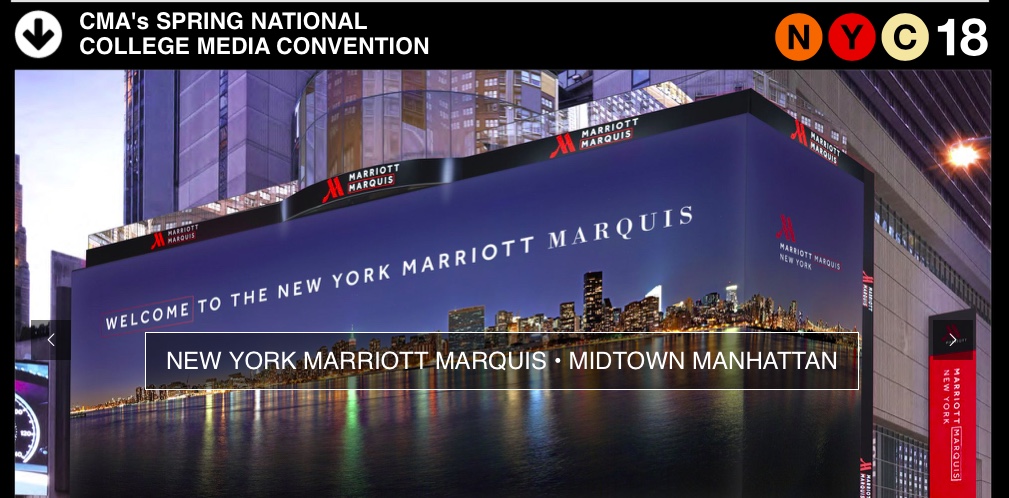 CMA’s spring national convention in New York was my first as a board member. I’ve seen evaluations for other collegiate media conventions and have been on planning committees, but I still was surprised how often location played into the feedback we received about #CMANYC18.
CMA’s spring national convention in New York was my first as a board member. I’ve seen evaluations for other collegiate media conventions and have been on planning committees, but I still was surprised how often location played into the feedback we received about #CMANYC18.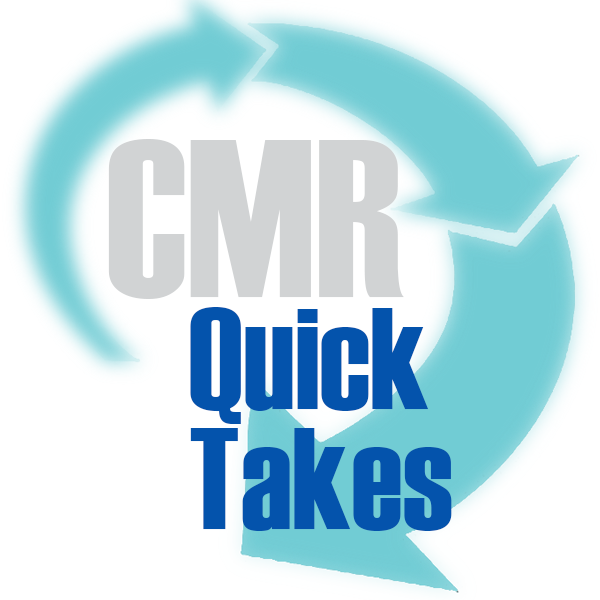 College Media Association honors the contributions of advisers in a variety of capacities, including those at two-year newspapers, four-year newspapers, those who have advised less than five years (Honor Roll Adviser) and those with more than five years (Distinguished Adviser Award), and more.
College Media Association honors the contributions of advisers in a variety of capacities, including those at two-year newspapers, four-year newspapers, those who have advised less than five years (Honor Roll Adviser) and those with more than five years (Distinguished Adviser Award), and more.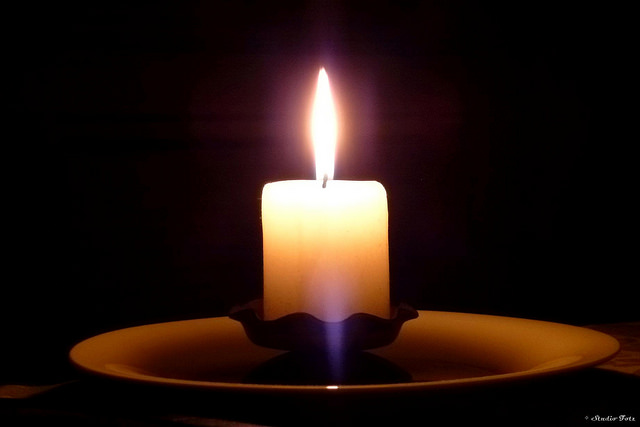 The thought of incorporating something else into the mix might be overwhelming. But adding an honor society has the potential to pay dividends for advisers, students and campus communities who are in the trenches engaged in everyday collegiate media work.
The thought of incorporating something else into the mix might be overwhelming. But adding an honor society has the potential to pay dividends for advisers, students and campus communities who are in the trenches engaged in everyday collegiate media work.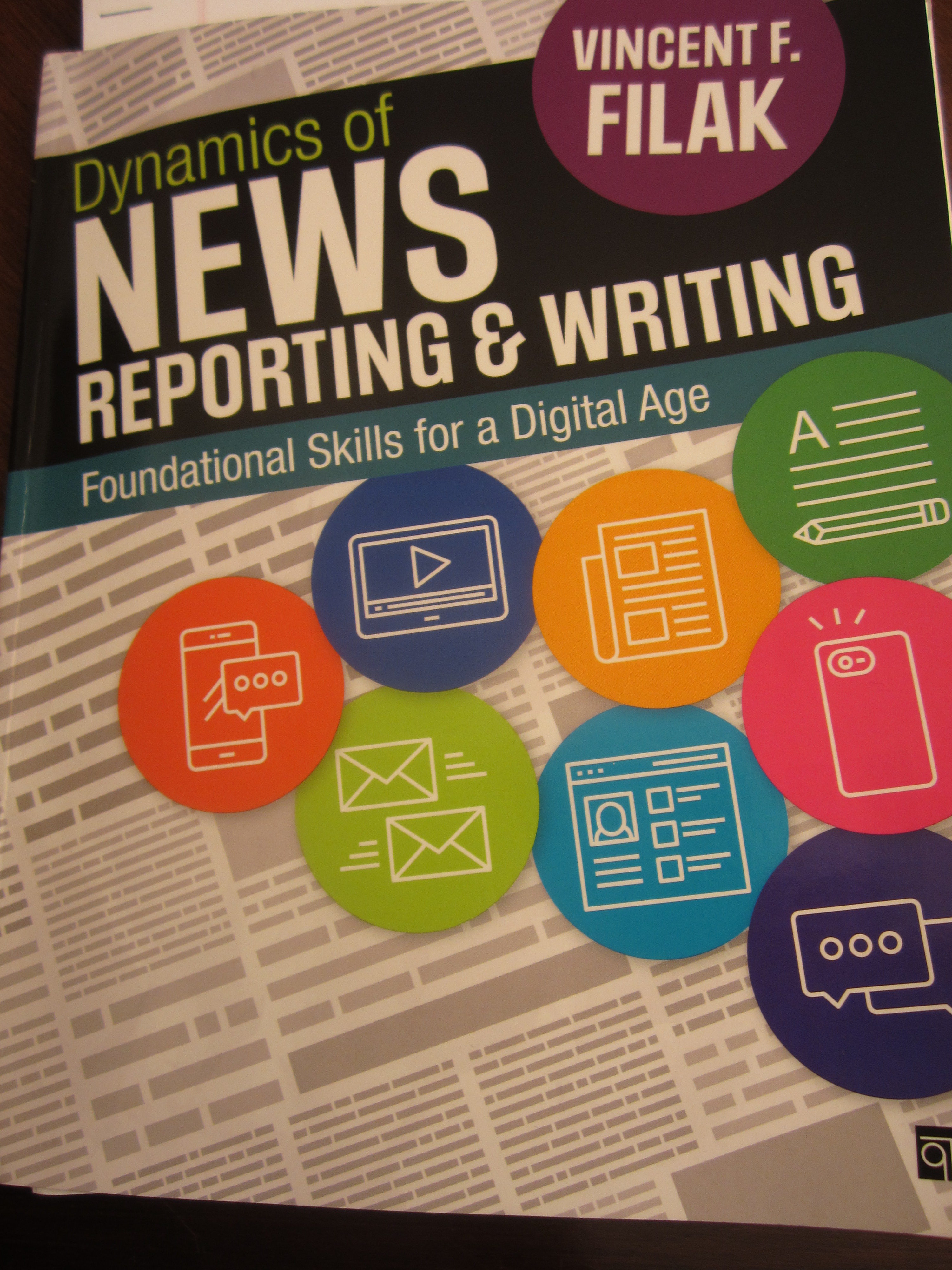 At a time when students are increasingly skeptical about the value of high priced textbooks and professors are often asked to justify their cost, it undoubtedly helps when a book offers something “more.” Vincent Filak’s “Dynamics of News Reporting & Writing,” released on Jan. 2, 2018, does just that. In addition to providing a potpourri of chapters routinely found in reporting books, including “Interviewing,” “Broadcast-Style Writing and Voicing,” “Basics of Writing,” and “Editing Audio and Video,” Filak, a professor of journalism at the University of Wisconsin Oshkosh, has deftly added “more” in the form of a blog, dynamicsofwriting.com. It includes almost daily updates with additional information, examples of material discussed in the textbook and interactive elements to keep students engaged and the material fresh. Recent blog posts, including “Profile Writing: You can observe a lot by watching” and “5 cool things about open records I learned from an #ACPBOM session,” provide timely and helpful content that can be integrated into a course curriculum.
At a time when students are increasingly skeptical about the value of high priced textbooks and professors are often asked to justify their cost, it undoubtedly helps when a book offers something “more.” Vincent Filak’s “Dynamics of News Reporting & Writing,” released on Jan. 2, 2018, does just that. In addition to providing a potpourri of chapters routinely found in reporting books, including “Interviewing,” “Broadcast-Style Writing and Voicing,” “Basics of Writing,” and “Editing Audio and Video,” Filak, a professor of journalism at the University of Wisconsin Oshkosh, has deftly added “more” in the form of a blog, dynamicsofwriting.com. It includes almost daily updates with additional information, examples of material discussed in the textbook and interactive elements to keep students engaged and the material fresh. Recent blog posts, including “Profile Writing: You can observe a lot by watching” and “5 cool things about open records I learned from an #ACPBOM session,” provide timely and helpful content that can be integrated into a course curriculum. Abstract — This paper examines publication of the NTUBulletin newspaper at the National Taipei University of Business (NTUB) from spring 2016 through fall 2017, focusing on the fall 2017 semester. This was the first English language newspaper published at our school. The newspaper is a full-color paper, printed on A3 and A4 paper. A four-page paper has been expanded to six pages. The paper has undergone one redesign. It began with a four-week deadline schedule that was reduced to three weeks in the second semester. A News English class originally published the paper and later was moved into writing courses. The paper thus always had a focus on writing improvement with students – the value of which has been shown in questionnaires distributed to the class. This paper has created substantial energy and excitement at NTUB, and the teacher has been invited to distribute copies to other schools and speak about the experience of publication and writing training in the course.
Abstract — This paper examines publication of the NTUBulletin newspaper at the National Taipei University of Business (NTUB) from spring 2016 through fall 2017, focusing on the fall 2017 semester. This was the first English language newspaper published at our school. The newspaper is a full-color paper, printed on A3 and A4 paper. A four-page paper has been expanded to six pages. The paper has undergone one redesign. It began with a four-week deadline schedule that was reduced to three weeks in the second semester. A News English class originally published the paper and later was moved into writing courses. The paper thus always had a focus on writing improvement with students – the value of which has been shown in questionnaires distributed to the class. This paper has created substantial energy and excitement at NTUB, and the teacher has been invited to distribute copies to other schools and speak about the experience of publication and writing training in the course. 
